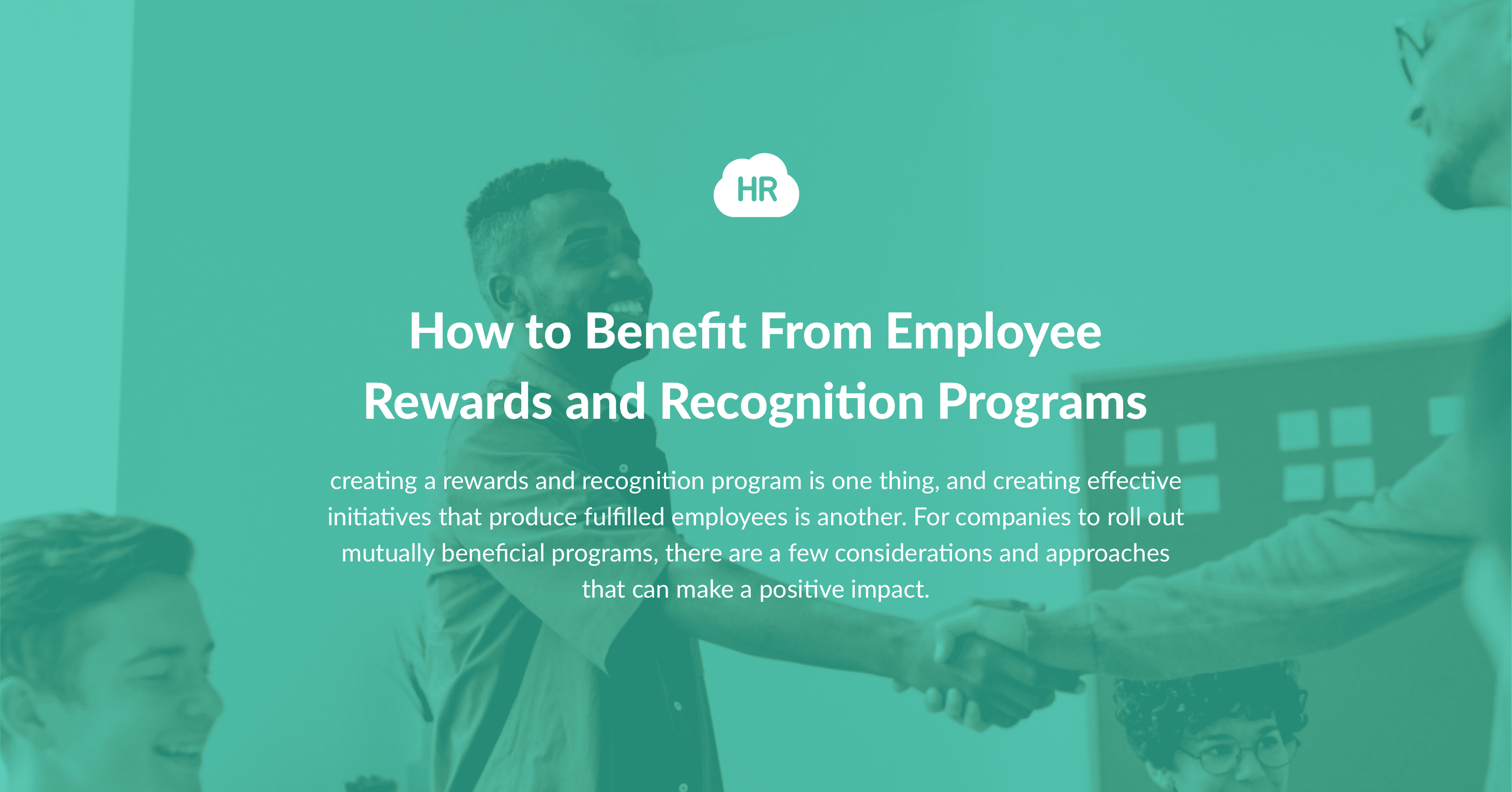Let Us Help You Engage Your Employees!
Onboard New Hires Safely, Efficiently, and Effectively.
Are You Interested in Improving Your HR Organization?
Despite its name, employee rewards and recognition programs also benefit the companies themselves. A recent survey on Business News Daily notes that companies who offer such incentives can increase their weekly profits by upwards of $104,000. Aside from this, SHRM finds that companies that regularly impart rewards and recognition can increase employee retention and productivity.
However, creating a rewards and recognition program is one thing, and creating effective initiatives that produce fulfilled employees is another. For companies to roll out mutually beneficial programs, there are a few considerations and approaches that can make a positive impact.
Vary the incentives you offer
Of course, it’s also not enough to offer random impersonal rewards. While many employees appreciate cash incentives, a recent report from PR Newswire shares that 70% of workers are inspired to work harder for non-monetary rewards. So while you can keep a cash bonus on the table, it will be better to offer a variety of rewards. For example, you could offer a day off, a free lunch, or all-expense-paid trips. When choosing what you can offer, consider something timely and relevant. According to a study from the American Psychological Association, employees work better, stay longer, and recommend companies that offer well-being initiatives. As we emerge from almost a year of remote working, you could offer a spa trip or gym membership to help employees with post-pandemic wellness. In some cases, you may even find those non-monetary incentives create more motivated employees without costing much.
Thinking outside of the box will keep your employee recognition programs from going stale. After all, when your employees care about the rewards you’re offering, they’re more likely to give their all.
Leverage social media reach
A powerful medium that has emerged in the last two decades is social media. With almost four billion social media users worldwide, it’s now common for companies to use popular platforms to tap customers and top talent. But social media’s popularity can help improve internal operations and the working environment, as well. Rather than using corporate emails and bulletins to share updates—which 60.8% of respondents in a Slicktext survey say they ignore—use your company’s social media instead. This way you’re disseminating relevant numbers, standings, incentives, and updates on a platform your employees naturally gravitate towards. You can even use social media to publicly recognize employees.
To further enhance your social media impact with your employees, you can look into your posts’ engagement numbers. Instagram Analytics can help you identify which posts are performing the best. It provides a detailed view of impressions, engagement, likes, comments, and saves. Another option to use is Facebook Insights, which shows you impressions, reply rates, and shared success. Overall, this data can help you pinpoint how best to reach your team members online. And once you optimize your social media, you can effectively share relevant announcements while also improving overall employee engagement. Plus, when your employees interact with the business's social media, that boosts your marketing efforts!
Personalize your shout-outs
On its own, recognition can already do a lot to make employees feel motivated. Vantage Circle shares that some of the benefits of employee recognition include 31% lower voluntary turnover, and 72% better engagement. Overall, when genuine employee acknowledgments play a part in improving productivity, performance, and attendance. But you can enhance these positive effects even more by personalizing the employee recognition you impart. Rather than just using templates, celebrate the employees' exemplary actions. If possible, company leaders should also recognize these achievements directly. After all, the previously mentioned source states that 50% of employees felt trusted and valued when their higher-ups took the time to commend them personally.
When leaders themselves share genuine recognition, it also inspires other employees to celebrate and recognize their peers. According to HR Cloud, in a previous post on employee productivity tips, peer-to-peer recognition is also one of the most effective ways to engage employees and make them feel good. On top of this, peer recognition can foster friendships, which 70% say is crucial for happy employees and productive workplaces.
After a rough 2020, setting up the resources for employee reward and recognition programs may seem unnecessary. However, when designed mindfully and executed in a timely and inclusive manner, these efforts are a valuable long-term investment in the longevity and profitability of your brand and company culture.
About Author: This article is written by our marketing team at HR Cloud. HR Cloud is a leading provider of HR solutions, including recruiting, onboarding, employee engagement, and intranet software. Our aim is to help your company improve employee engagement, employee productivity, and to save you valuable time!
Keep Reading
Workforce Management through Tech-Based Tools: Streamlining Construction and Roofing Operations
As industries evolve, adopting innovative approaches to workforce management is essential
Skills vs Abilities in the Workplace
Modern-day workplaces are facing many challenges that were not foreseeable a few years






